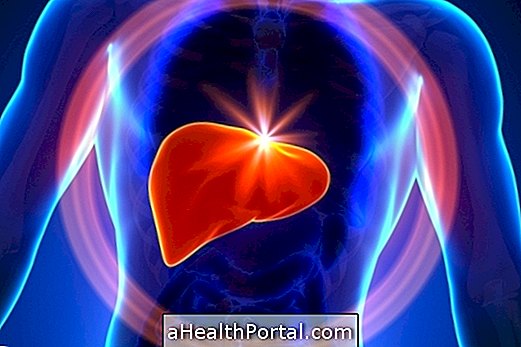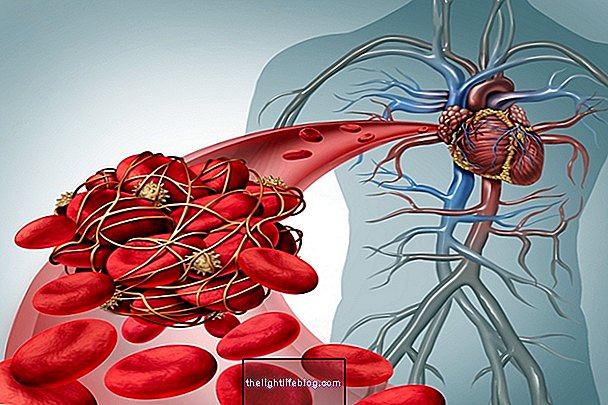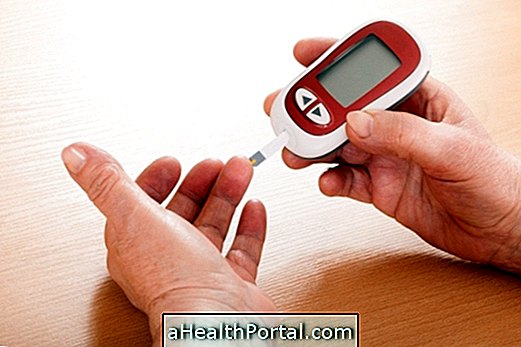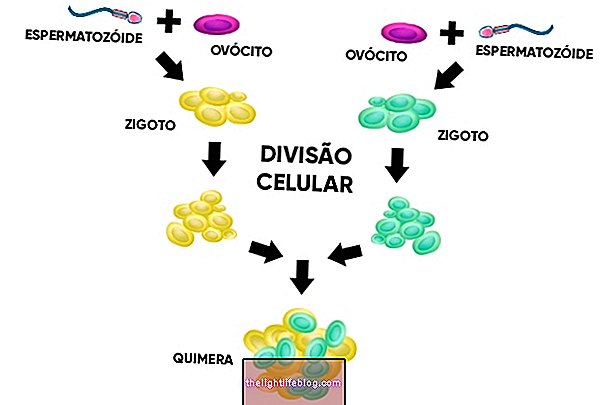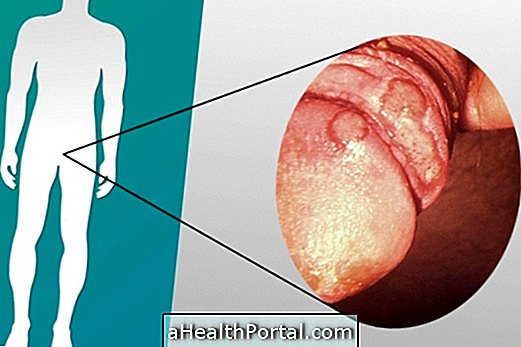In the syndrome of the rigid person the individual presents intense stiffness that can manifest in all body or only in the legs, for example. When these are affected, the person can walk like a soldier because he can not move his muscles and joints very well.
This is an autoimmune disease that usually manifests itself between 40 and 50 years of age and is also known as Moersch-Woltmann syndrome or in English, Stiff-man syndrome. Only about 5% of cases occur in childhood or adolescence.
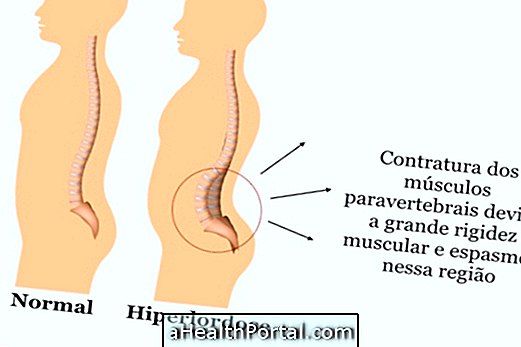
The person's rigid disease syndrome can manifest itself in 6 different ways:
- Classic shape where it affects only the lower back and legs;
- Variant form when limited to only 1 limb with dystonic or back posture;
- Rare form when stiffness occurs throughout the body due to severe autoimmune encephalomyelitis;
- When there is functional movement disorder;
- With generalized dystonia and parkinsonism
- With hereditary spastic paraparesis.
Usually the person presenting this syndrome does not only have this disease but also has other autoimmune diseases like type 1 diabetes, thyroid disease or vitiligo, for example.
This disease can be cured with the treatment indicated by the doctor but the treatment can be delayed.
Symptoms
The symptoms of rigid person syndrome are serious and include:
- Continuous muscle spasms consisting of small contractures in certain muscles without the person being able to control, and
- Sharp stiffness in muscles that can cause muscle fibers to rupture, dislocations, and bone fractures.
Due to these symptoms the person may experience hyperlordosis and spinal pain, especially when the back muscles are affected and may fall frequently because they can not move and balance properly.
Severe muscle stiffness generally arises after a period of stress as a new job or having to perform work in public, and muscle stiffness does not occur during sleep, and deformities in the arms and legs are common due to the presence of these spasms, if the disease is not treated.
Despite the increase in muscle tone in the affected regions tendon reflexes are normal and therefore the diagnosis can be made with blood tests that investigate specific antibodies and electromyography. X-ray, MRI, and computed tomography should also be requested to exclude the hypothesis of other diseases.
Treatment
Treatment of the rigid person should be done with the use of medicines such as baclofen, vecuronium, immunoglobulin, gabapentin and diazepam indicated by the neurologist. At times, ICU admission may be necessary to ensure the smooth functioning of the lungs and heart during illness and the treatment time may vary from weeks to months.
Plasma transfusion and the use of anti-CD20 monoclonal antibody (rituximab) may also be indicated and have good results. Most people diagnosed with this disease get cured upon receiving treatment.


